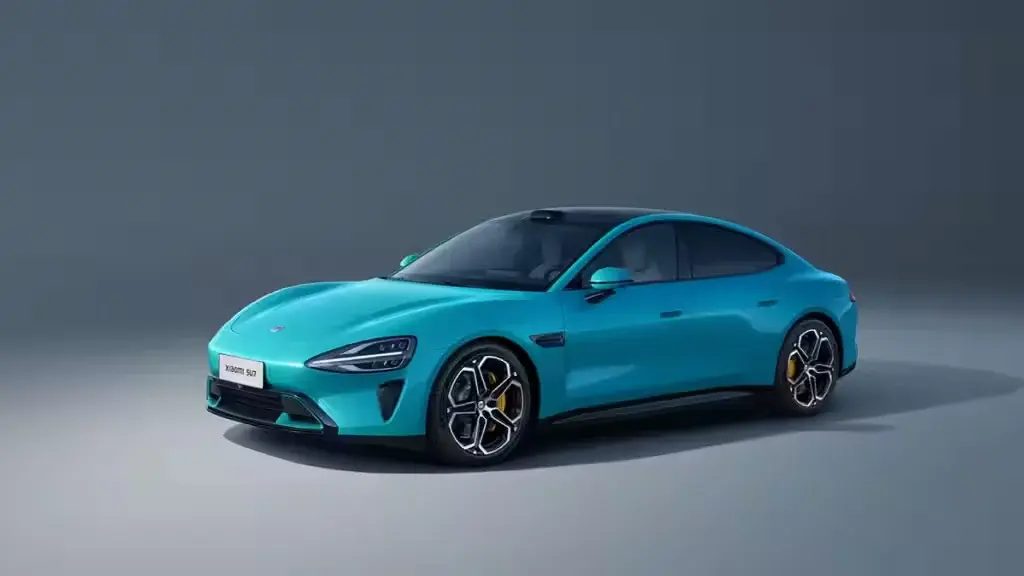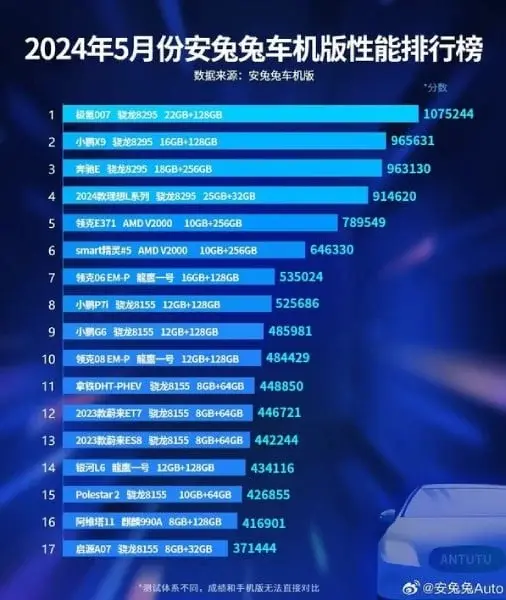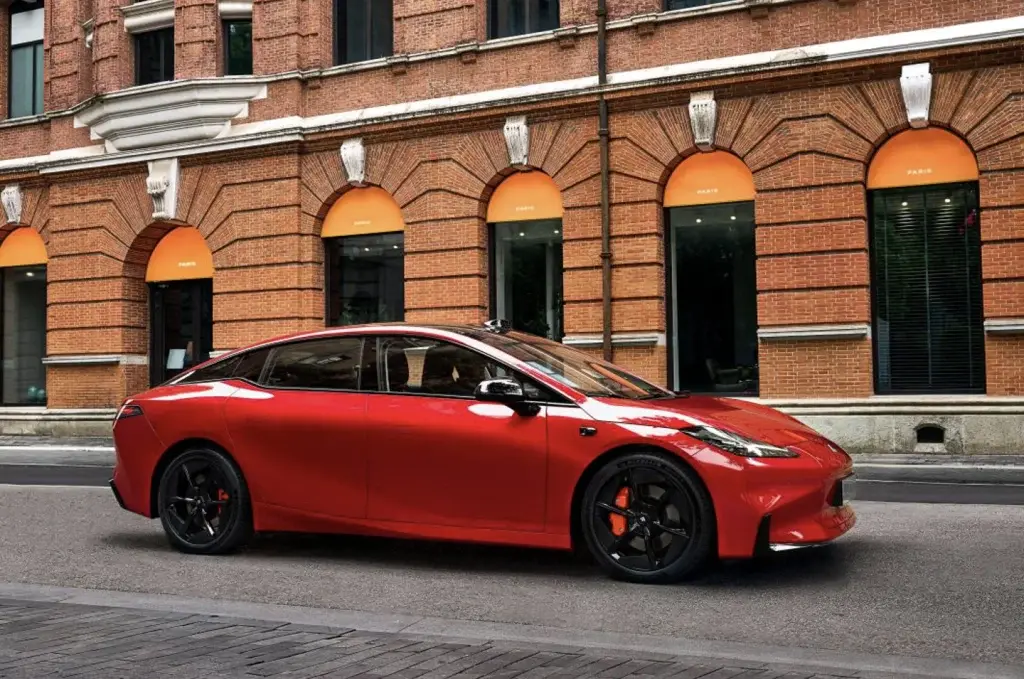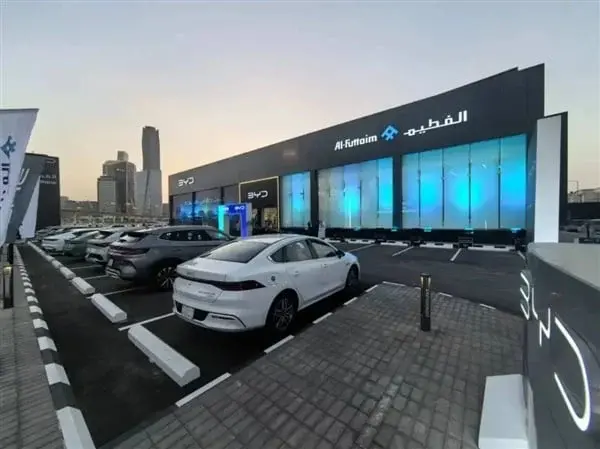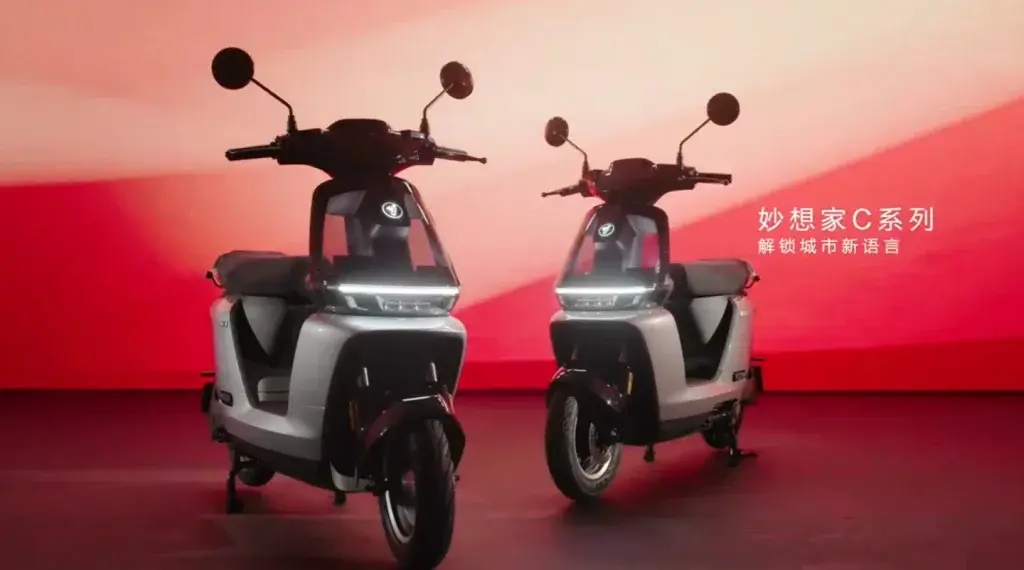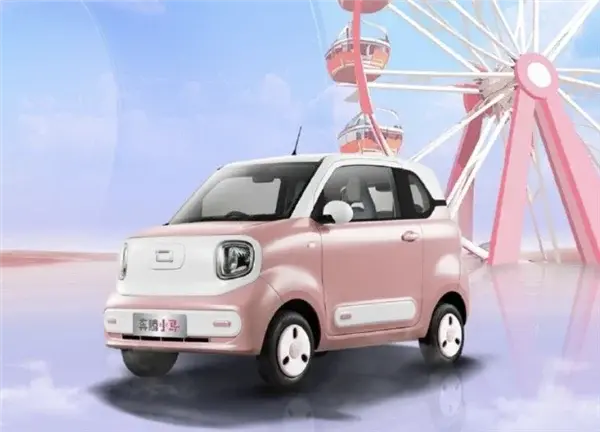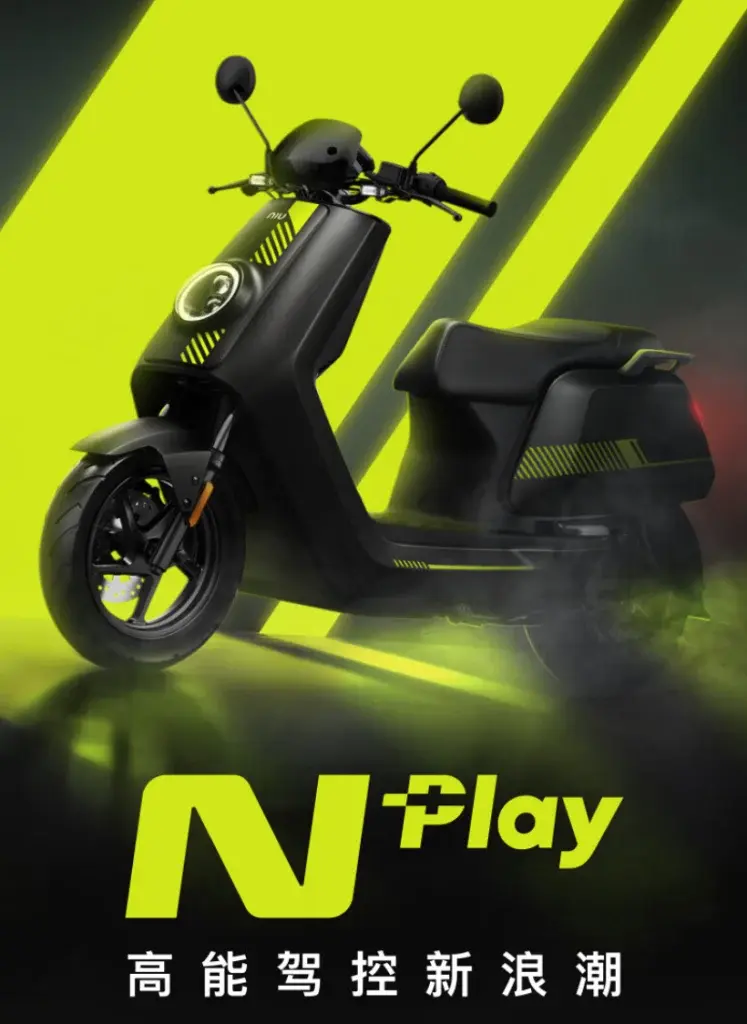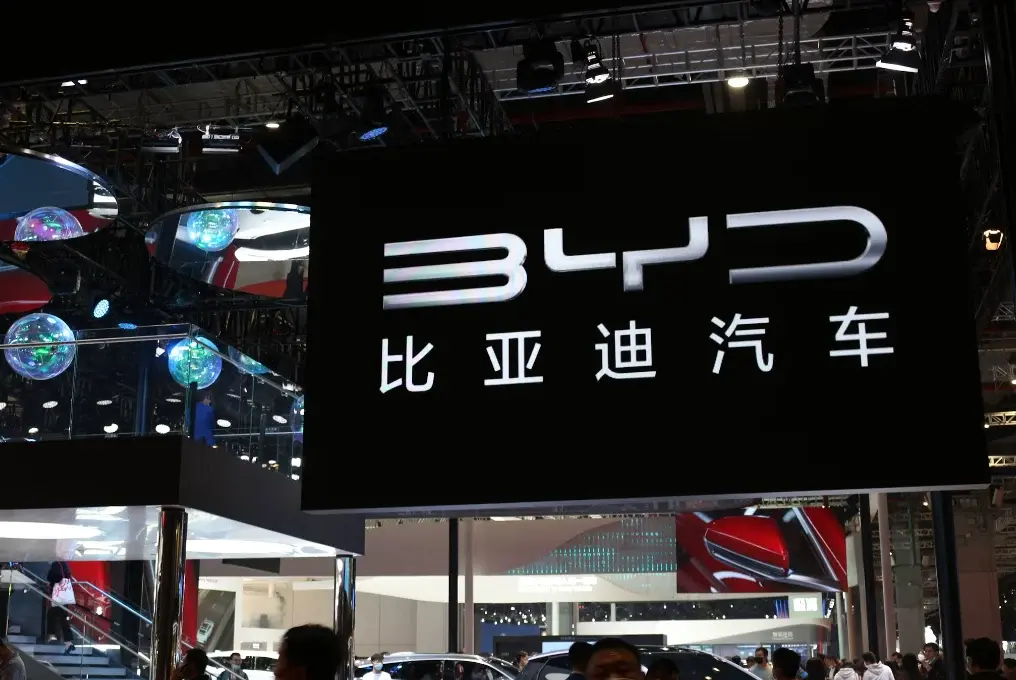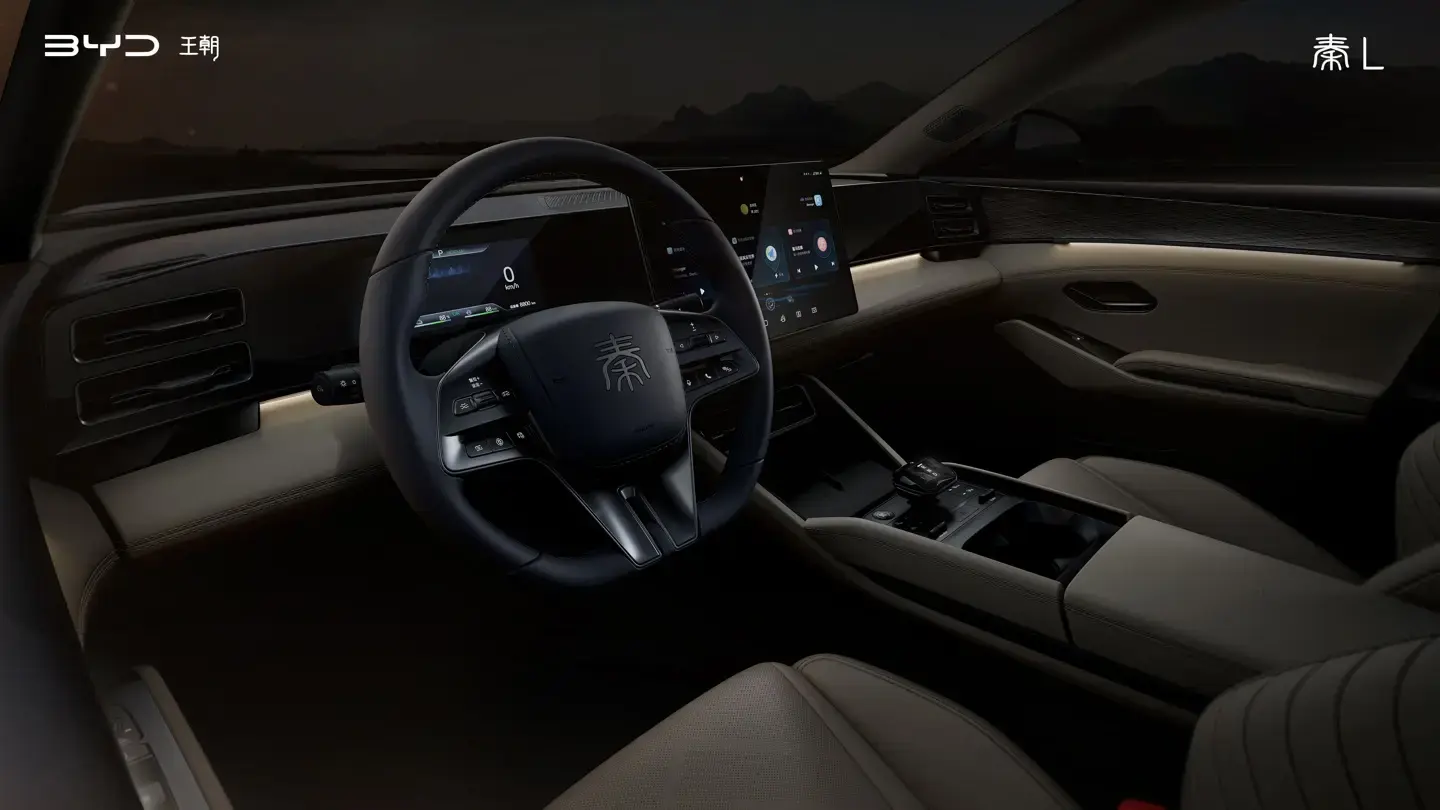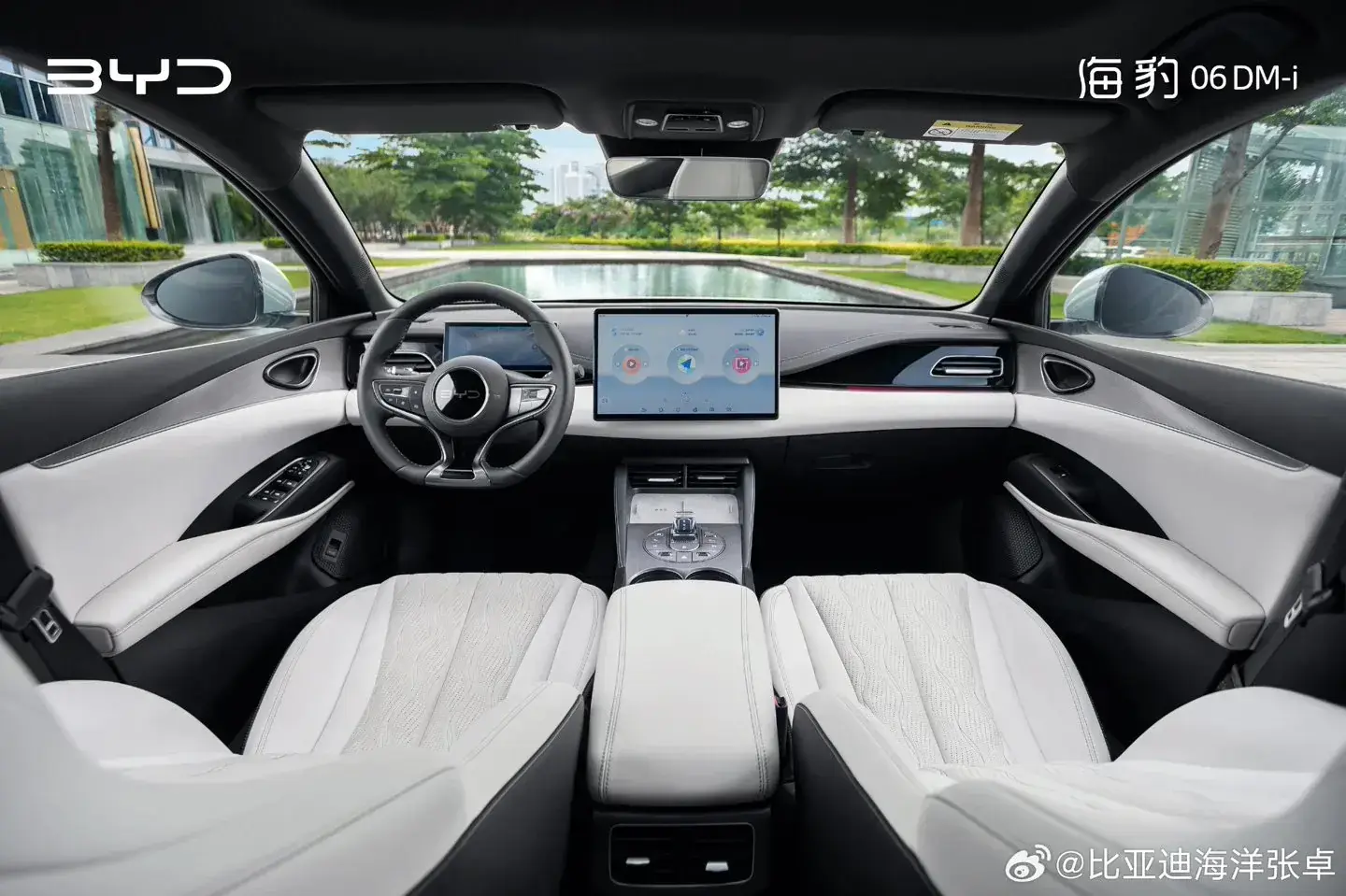A Xiaomi SU7 has recently been involved in a deadly accident in China. The EV made news in the region for going out of control apparently and causing three people to be injured and one casualty. But while the news reports have claimed that the car was at fault, the brand says otherwise. So here’s everything that we know so far.
Xiaomi SU7 Accident: One Dead, Three Injured
Earlier today (7th June 2024), Xiaomi shared an official statement acknowledging the accident and stating that it is actively cooperating with the police in its investigation. The brand has also launched its own investigation into the Xiaomi SU7, which was involved in this fatal incident. According to local news outlets, the premium EV had suddenly lost control when leaving the parking lot and rushed into other vehicles and pedestrians that were on the non-motorized vehicle lane.
This resulted in one fatality and three injuries. However, Xiaomi claims that the Xiaomi SU7 wasn’t at fault. The company’s statement claimed that the police retrieved the backend data from the car, which confirmed that the EV was in normal condition at the time of the accident. This included its brake pedal and accelerator pedal functioning at optimal conditions. They further added that they are closely working with the police and will disclose any new information in a timely manner.
Xiaomi then responded to Chinese media, criticizing them for their rash coverage of the incident as they used terms like “vehicle out of control” and “brake failure” without having accurate information. Lastly, the company said it is cooperating with the vehicle owner and the victims as well to sincerely deal with the aftermath of this deadly accident. So stick around for more as we will be providing updates when more details are available regarding this matter.

